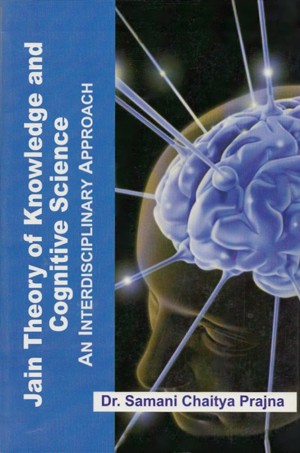Yes, says recent studies and experiments that demonstrates how brain cells can rearrange their 500 trillion nerve connections in response to the stimuli they are being fed. Mange ink Sur of the Massachusetts Institute of technology converted cells that interpret sound into cells that can process visual images by reconnecting them to stimuli coming in through the eyes. The experiment demonstrated the interchangeability of brain cells in early development.[47]
When monkeys were allowed to use only one finger to perform the task, the neuro scientist Micheal Mezenich of the University of the California at San Francisco found that the new useless fingers switched their function to other parts of the hand even mature brain cells can perform new tasks.[48]
The canons like Thāṇam quotes that 'Somebody listens the word even through a parts of the body. Somebody listens the word even through all the parts of the body. Somebody looks at the form even through a part of the body. Somebody looks at the form even through all the parts of the body. Somebody smells the odours even through a part of the body. Somebody smells the odours through all the part of the body. Somebody enjoys the taste even through a part of the body. Somebody enjoys the taste even through all the parts of the body. Somebody experience the sensation even through a part of the body. Somebody experience the sensation through all the part of the body. It has happened in the past and will be in future."[49] The same fact has been scientifically presented as Times of India once read 'humans can see sound, hear light'[50] which describe this process as synaesthesia.
Though there are twenty-eight kinds of super powers been explained which are otherwise called labdhi. The sixth of these is known as 'sambhinna śrotopalabdhi '[51] which when attained there remains no difference in functioning of sense organs. This makes all the sense organs capable of functioning as all other senses. Apart from five senses[52] mentioned above, there also exists a sixth sense which is known as quasi sense or no-indriya in Jainism.
 Samani Chaitya Pragya
Samani Chaitya Pragya

